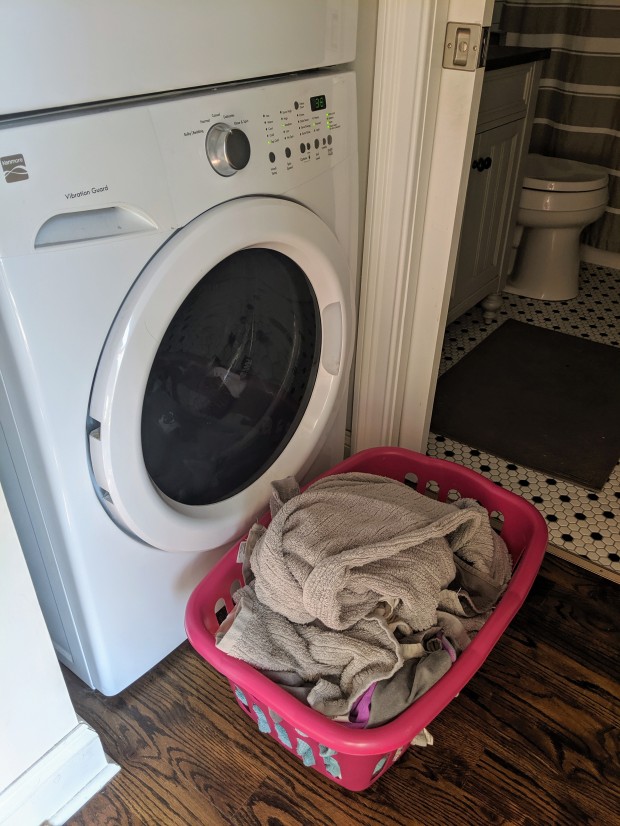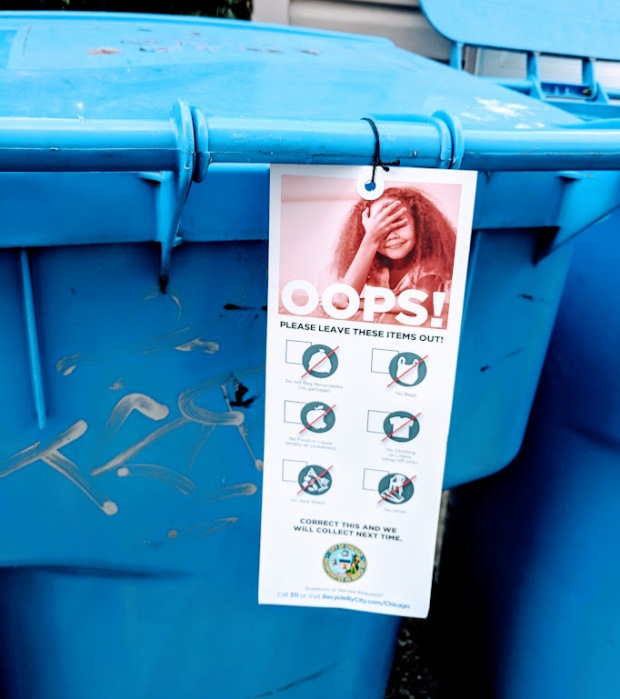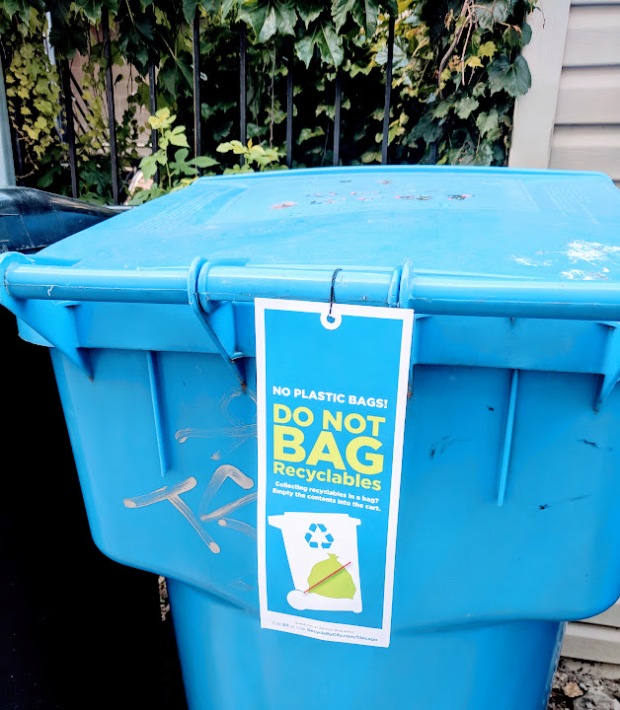Pre-pandemic I would occasionally shop online.
I most likely had an Amazon Prime order or two every couple of months and preferred to buy online and pick up in-store or leave things in my cart until I had multiple items to ship.
Fast forward the 50 days we have been in quarantine and that habit has changed drastically.
Living in a densely populated urban area like Chicago and being high risk since I am pregnant, my husband and I have made every effort to reduce our risk of contracting the virus by staying home (and luckily we are both able to work from home).
We have not set foot inside a physical grocery store in over 7 weeks. The last time I have been in an enclosed space with a number of people (that wasn’t the doctor’s office) was the pharmacy some 5 weeks ago before I realized I could just send my prescription to my house.
Every single thing we need gets delivered.
Normally I would find it annoying to get our groceries delivered in plastic bags even when we asked for paper and for the insulated bags Amazon delivers frozen items in to be non-recyclable or personal care products shipped in like 5 different shipments.
BUT, since we have a baby’s arrival rapidly approaching, the number of boxes and packaging we receive is exponentially more than just the standard young couple due to baby shower gifts and trying to stock up for the baby.
You see, I have this fear that it is going to be 3 AM with our newborn and we need some specific item and we try to buy it, but it is sold out or on backorder and won’t ship for an obscene amount of time.
To combat this scenario, I have been trying to be proactive and stock up on newborn needs before they arise. This means my cart at Target.com has approximately 20+ items in it, which is just insane. And with talk of diaper and wipe shortages, I am just trying to make sure we have enough to get us through an unknown amount of time.
So on top of the groceries and baby shower gifts, we are also getting those shipments.
This means we have A LOT OF BOXES coming through our house. Like A LOT.

Our vestibule on a normal day.
A lot of boxes, a lot of plastic packaging, and a lot of waste and it seems to be never-ending.
I have to write notes for when deliveries are occurring each day throughout the week just to make sure I don’t forget to get something on the doorstep (you know since I don’t leave the house).
After opening items, we flatten the boxes and keep them outside on our deck until recycling day, which means from the alley down below, we look like crazy box hoarders. The reason we don’t take them down to the recycling carts immediately is two-fold:
- More boxes will most likely be delivered the next day
- Everyone else is ordering stuff too so the recycling carts are always packed full. We legit have to wait until Monday afternoons after the recycling gets picked up and then we run downstairs and stuff the boxes in the carts.

Not shown: the boxes behind me, the boxes still in the nursery, and the unopened boxes still in the vestibule.
I have also been collecting the plastic bags, wraps, and bubble mailers that can be recycled in this gigantic plastic bag to one day recycle. Unfortunately, I don’t know when that would be. Anyone want to take my giant bag to the grocery store?!

Anyone want to take this to the grocery store to be recycled for me?!
All the other non-recyclable packaging gets tossed in the trash.
It’s rough and I hate it, but there is not much I can do about it. Staying home and staying healthy is our number one priority right now. And there is no way I can do that without online orders.
Hopefully, the boxes should be slowing down with shower gifts petering out and most of my last-minute we-might-need-this-for-the-baby-because-this-list-says-so shopping completed. We still obviously need to get groceries though…


















